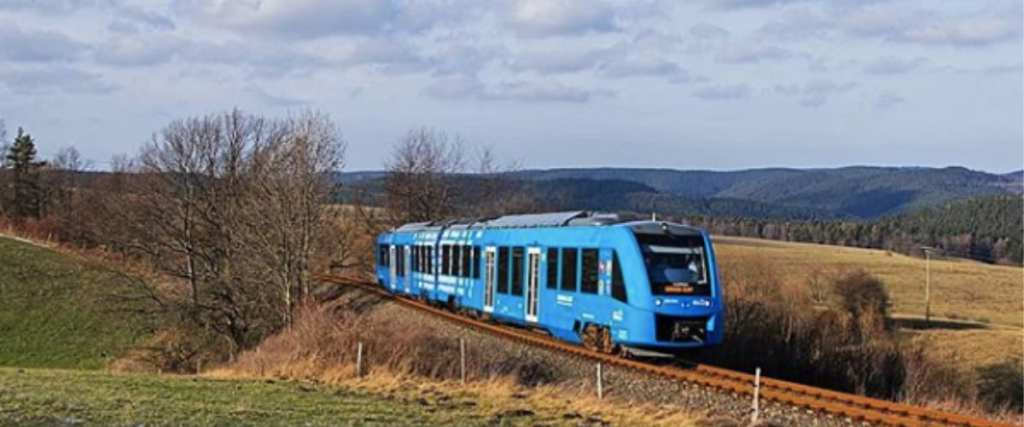Trending Now
With the debate around climate change – and how to halt or even reverse the effects – heating up around the world, it’s no surprise that some countries are looking for more and better ways to cut carbon emissions from the transportation sector.
The train, dubbed the Coradia iLint, was developed over the course of just two years and runs on hydrogen fuel cellls combined with a lithium-ion battery to run its engine.
https://www.instagram.com/p/Bn1RMoIjyMt/
Right now, Germany alone employs 4,000 diesel trains, but the iLint is expected to change that – and to drastically reduce the country’s carbon emissions in the process.
The trains have hydrogen fuel tanks on the roof and huge lithium ion batteries as part of their engines; they can travel 500 miles per day at speeds of up to 87 miles per hour. They give off only steam as a byproduct, and the only sound you’ll hear on board or as they whoosh past is the wheels and the air resistance.
https://www.instagram.com/p/BVqshT5A6bN/
Alstom (the company that builds the iLint), issued the following statement:
“Alstom is proud to launch a breakthrough innovation in the field of clean transportation. It shows our ability to work in close collaboration with our customers and develop a train in only two years.”
Hydrogen power works when hydrogen is burned with oxygen to produce huge amounts of energy. NASA has used liquid hydrogen and oxygen to propel rockets since the 1970s, but cost (and probably political lobbying) has kept it from being widely used in the consumer market until very recently.
https://www.instagram.com/p/BM3wi7cDbxp/
There’s also the fact that in order to get hydrogen, you have to use electricity to split water into its constituent elements – and if you’re using electricity from a coal plant, hydrogen doesn’t wind up being that clean of a fuel. But if you’re using wind power, it can be totally emissions free!
Now, the Netherlands, Denmark, and Norway are all interested in buying some iLint trains of their own, and I can only assume more countries will follow.
Maybe there is some hope for the future after all.






